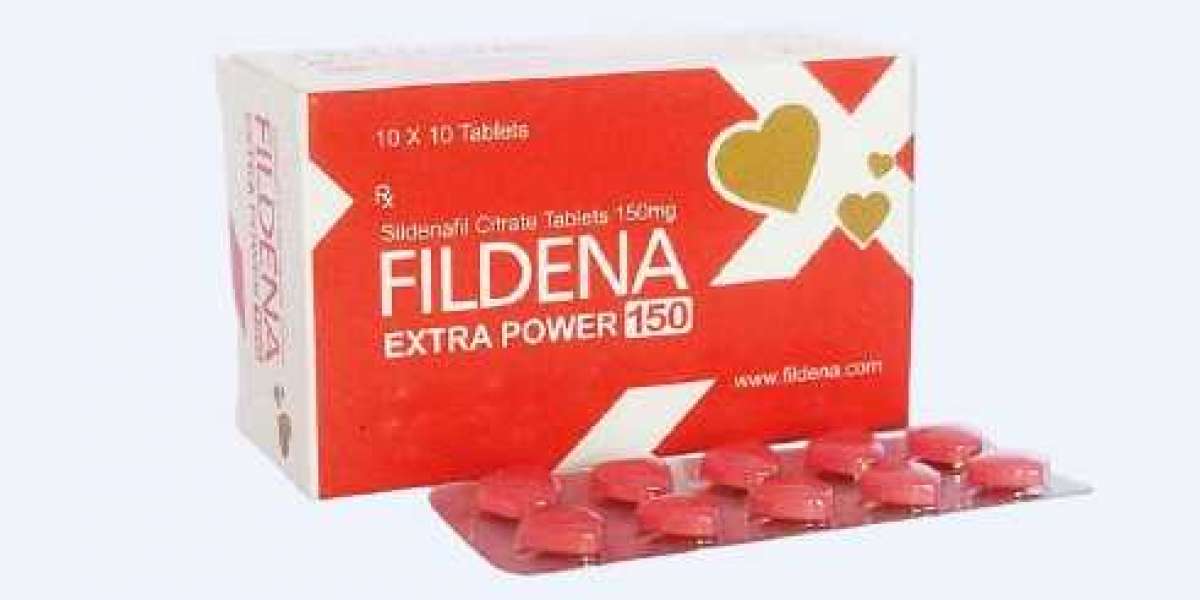CoCO3 with high theoretical capacity has been considered as a candidate anode for the next generation of lithium-ion batteries (LIBs). However, the electrochemical performance of CoCO3 itself, especially the cyclic stability at high current density, hinders its application. Herein, pure phase CoCO3 particles with different particle and pore sizes were prepared by adjusting the solvents (diethylene glycol, ethylene glycol, and deionized water). Among them, CoCO3 synthesized with diethylene glycol (DG-CC) as the solvent shows the best electrochemical performance owing to the smaller particle size and abundant mesoporous structure to maintain robust structural stability. A high specific capacity of 690.7 mAh/g after 1000 cycles was achieved, and an excellent capacity retention was presented. The capacity was contributed by diverse electrochemical reactions and the impedance of DG-CC under different cycles was further compared. Those results provide an important reference for the structural design and stable cycle performance of pure CoCO3.
Developing cost-effective and highly efficient electrocatalysts is urgent for a sustainable hydrogen economy. In this work, a versatile electrocatalyst was developed by growing P-doped CoCO3 nanosheets on Co foam (P–CoCO3/CF). Benefiting from the well-designed nanostructure, good electrical conductivity and high intrinsic activity, the P–CoCO3/CF exhibits excellent multifunctional electrocatalytic performance towards the hydrogen evolution reaction (HER), the oxygen evolution reaction (OER), and the hydrazine oxidation reaction (HzOR), respectively. According to the results, only low cell voltages (at j = 10/100 mA cm−2) of 1.55/1.77 V are required for the P–CoCO3/CF(+)‖P–CoCO3/CF(−) two-electrode couples in 1 M KOH, which are both better than those of RuO2(+)‖Pt/C(−) couples. Surprisingly, for using the HzOR as a substitute for the OER, only a voltage (at j = 100 mA cm−2) of 0.13 V is needed, which is the smallest potential for hydrogen production reported so far. Theoretical calculations demonstrate that P doping tunes the electronic properties of catalytic center-Co, leading to the desired decrease of the free energy of the rate-determining-step (rds) and efficiency amelioration of HER and HzOR processes.



